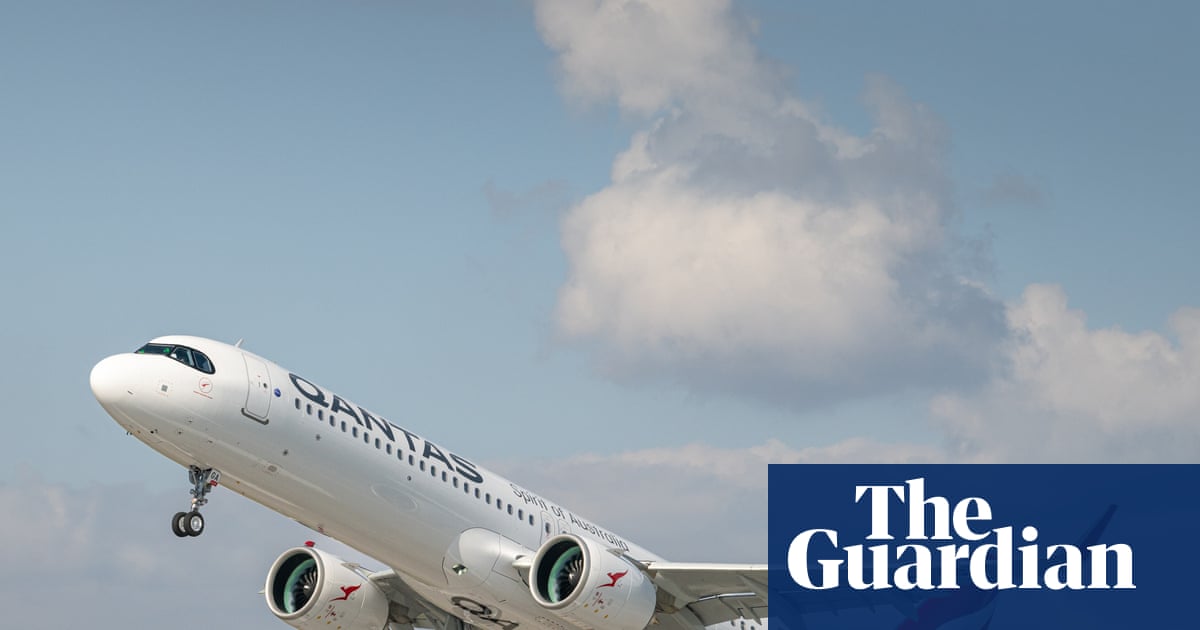
"But the aircraft also come with a passenger-to-toilet ratio in economy of just one toilet for every 90 passengers. Qantas ordered the planes with three toilets and 200 seats, configured with two toilets for the 180 economy seats and one toilet for the 20 business class seats at the front of the aircraft. Qantas said the three aircraft will have a fourth toilet added within a few years."
"By comparison, Ryanair's Boeing 737 carries 197 economy passengers, with three toilets to share between them, a passenger-to-toilet ratio of 66, according to the airline seat data tracker seatmaps.com. The Scoot Airbus A320-200 carries 180 economy passengers with three toilets, a passenger-to-toilet ratio of 60. Jetstar uses the same planes configured with 186 seats, resulting in a passenger-to-toilet ratio of 62."
The first three A321XLR aircraft entered commercial service on Sydney–Melbourne and Sydney–Perth routes. Each aircraft was delivered with 200 seats and three toilets, creating an economy passenger-to-toilet ratio of one toilet per 90 passengers. The configuration places two toilets for the 180 economy seats and one toilet for the 20 business class seats at the front. Ryanair's 737, Scoot's A320-200, and Jetstar's A320 configurations produce passenger-to-toilet ratios of 66, 60, and 62 respectively. Qantas said a fourth toilet will be added to the three aircraft within a few years and the first four-toilet A321XLR is due in December. The A321XLR is promoted as having wider, longer cabins, wider seats, more luggage room and greater fuel efficiency than the 737s it replaces. Qantas originally planned three toilets to match the 737 being replaced.
Read at www.theguardian.com
Unable to calculate read time
Collection
[
|
...
]